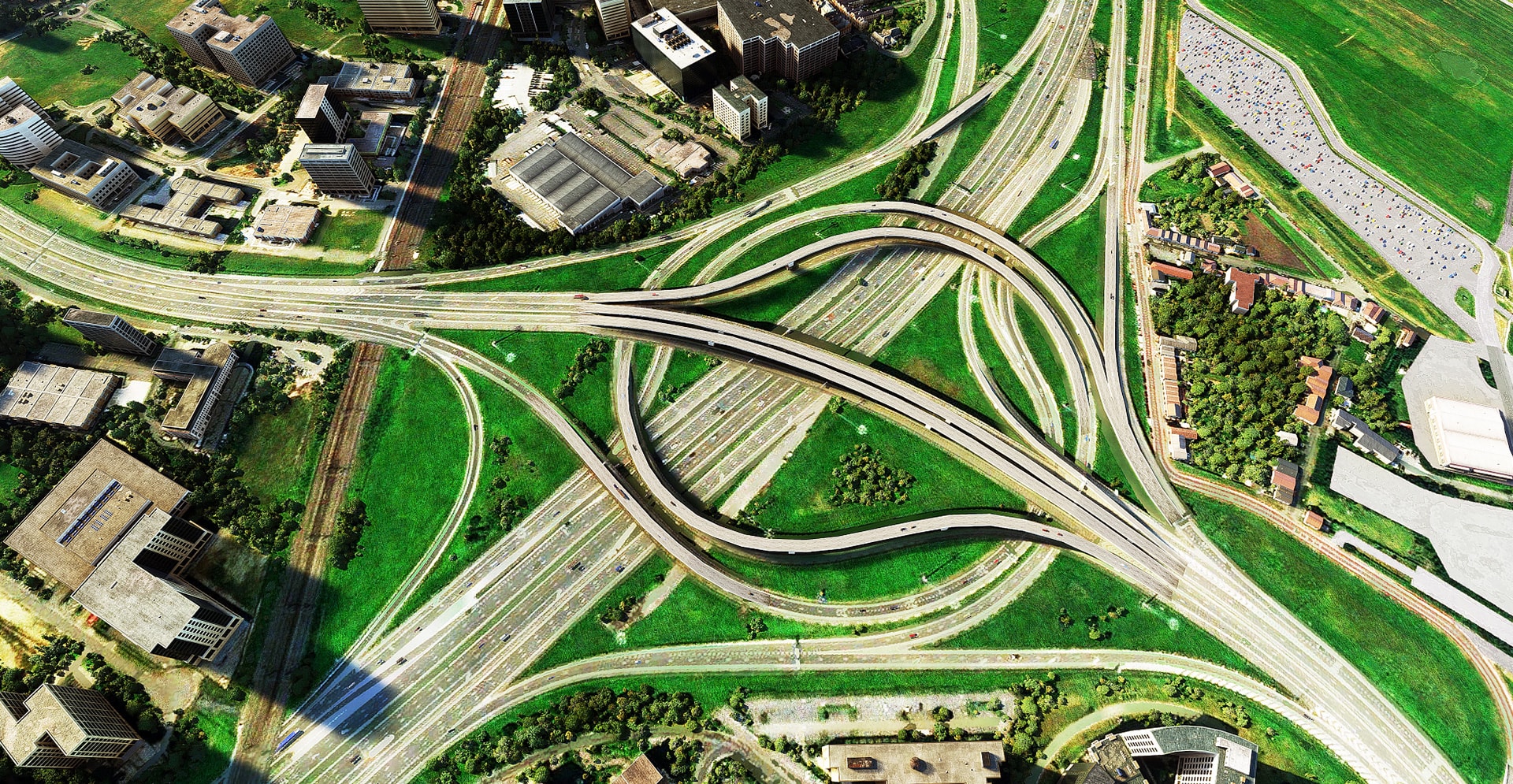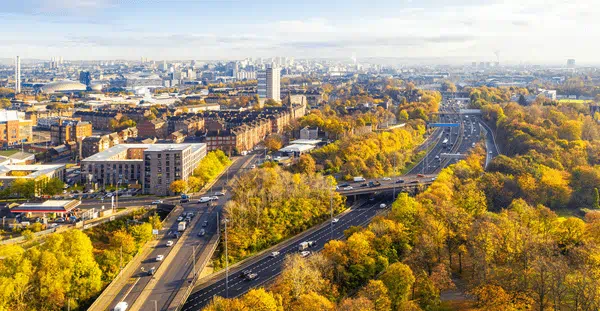The idea of a ‘carbon footprint’ has been around since the 1990s. The same principle now widely understood as ‘net zero’, is underpinning policy making for climate change action. Over the last thirty years good progress has been made, with emissions reportedly reducing about 40% in the UK. The UK now aims to be net zero by 2050, in another thirty years, a tough target that requires even more progress.
Our buildings have a key role to play. Some estimates say they account for around 40% of the UK’s carbon emissions. Consumers are increasingly aware of making carbon-conscious choices too. This is creating an opportunity for customer-centric sectors like Build-to-Rent (BtR) to address this demand.
Why could net zero be an opportunity for Build to Rent?
Customer wants – A survey by Ofgem looking at consumer attitudes to net zero and decarbonisation pointed to a desire for change, with a clear need for evidence-based options at comparable pricing as existing offers. Residential options for environmentally conscious customers are currently relatively limited. A low-carbon option, combined with the amenity and social benefits of BtR, could be very popular. Competition in the BtR sector is also intensifying and low-carbon credentials could be a differentiator.
Operational excellence – Operations are a key lever for the success of BtR. A recent exercise Arcadis undertook on a notional scheme showed that a 5% reduction in operational leakage added 1% per annum to the internal rate of return over 15-years. Most stock coming to the sector is new build, providing the opportunity for net zero considerations at the earliest stages. Design and specification choices made through a net zero lens are likely to contribute to operational excellence overall. Minimising operational leakage through a net zero mindset is an opportunity for BtR.
Investment – An environmental, social and governance (ESG) focus is increasingly important for investors. Whilst investment is generally not currently a major challenge for the BtR sector, presenting projects with good ESG credentials to investors will surely drive benefit through the availability and terms of investment.
Working towards net zero
Many BtR players are at the leading edge of ESG priorities. It was recently reported that Get Living achieved a top 5-star GRESB rating in 2020. Last year Legal & General announced that its new residential stock would be net zero enabled by 2030. Many others are making similar commitments and progress.
Reaching net zero will be a journey and will require significant change in approach and mindset across the breadth of the construction supply chain. This is already happening, but any fundamental change will take time.
For now, it can also demand a cost premium. Whilst some of this can be offset by other savings, it is not clear how many consumers would pay a premium rent for a net zero home. A minority of customers probably would, but the Ofgem research points to this not being the case for the majority. The BtR sector already wrestles with viability challenges and so this value driver is a key consideration. Related cost differentials will likely equalise over time however, as approaches and supply chains adapt at scale.
Net zero is ultimately a perfect end state. The benefits of incremental improvement cannot be underestimated. The Future Homes Standard, which will be embedded in Part L of the Building Regulations and go live from June 2022, will set a 31% carbon emissions reduction target for new homes. This is a positive step and it highlights the journey the residential sector collectively needs to go on. Whilst setting a stretching requirement, it also invites the challenge to exceed it, which is a potential opportunity for the BtR sector.
How can the BtR sector grasp the opportunity?
The BtR sector has a long-term interest in projects and an aggregated management approach. This means the sector can benefit from long term investments that are made, as well as influence occupier behaviours. These attributes mean the sector can deliver joined-up action rooted in long-term thinking, which is what the net zero agenda requires. What are some of the key focus areas?
- Strategy, planning and policy. Making carbon a feature, setting targets and embedding innovation.
- Design, procurement and construction.Considering carbon at the earliest stages, leveraging smart technologies and motivating the supply chain to ‘deliver less carbon’.
- Operations. Enabling trade-offs, adapting to new expectations and considering the overall customer experience.
Arcadis’ experience is that these focus areas can benefit from being supported by carbon forecasting, quantification and evaluation tools.
The climate change challenge is complex and has been long in the making. We all recognise that it will not have a quick fix. Momentum has gathered though, and a net zero path will not only help the planet, but it will also present opportunities to drive investment, delight customers and improve operations. The relatively new BtR sector has an opportunity to take a leading role.




